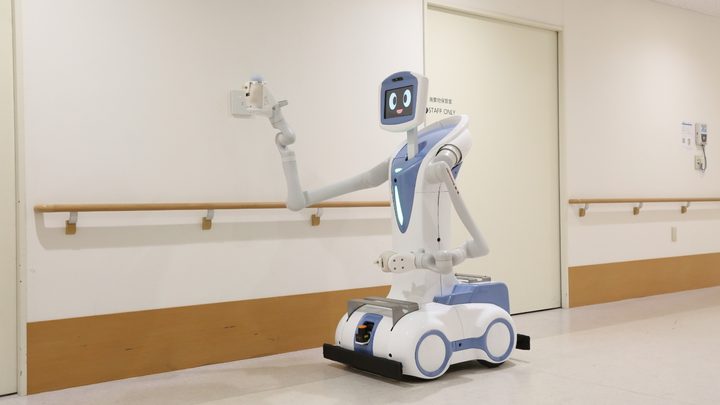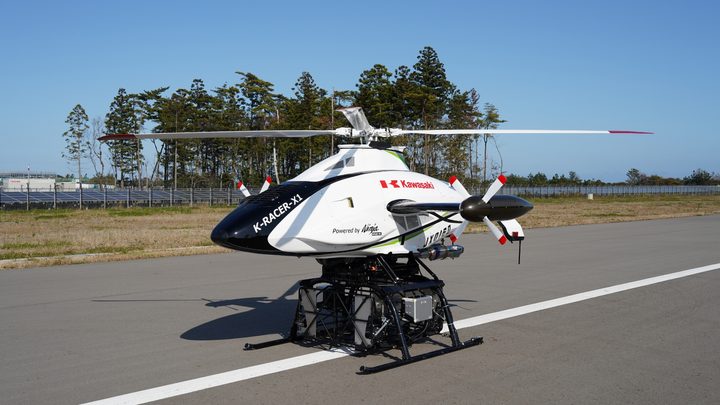Mobility
1/1 Pages

Japan is in an era of population decline. Robots have so far only been used in limited areas such as the manufacturing industry. However, they are expected to be required in various other industries in the future. One of those industries is the service industry. In addition to chronic labor shortages, the coronavirus crisis has also increased the severity of the business environment for companies. Robots for the service industry. To achieve this, Kawasaki is developing the service robot Nyokkey. A robot for the service industry – “Nyokkey” Nyokkey is an autonomous mobile type service robot. It has been developed to work together with humans. It moves around in the same […]

This is an introduction of the potential for future transportation systems that combine robotics, mobility, and aviation technologies from among the wide range of technologies that Kawasaki is involved in, and utilize equipment such as VTOL drones and delivery robots which are currently under new development. Labor shortages in logistics The declining birth rate and aging population in Japan mean that an insufficient working population is becoming a serious social issue. In one estimate, it is predicted that in 2030, there will be 64.29 million people supplying labor against a labor demand of 70.73 million people. It is considered that there will be a labor shortage of 6.44 million people […]
